Lemon spotted green pleco - Hemiancistrus subviridis
Scientific name: Hemiancistrus subviridis
Common name: Lemon spotted green pleco
Family: Loricariidae
Usual size in fish tanks: 14 - 18 cm (5.51 - 7.09 inch)
014
Recommended pH range: 6.6 - 7.3
Recommended water hardness: 6 - 21°N (107.14 - 375ppm)
0°C 32°F30°C 86°F
Recommended temperature range: 24 - 28 °C (75.2 - 82.4°F)
The way how these fish reproduce: Spawning
Where the species comes from: South America
Temperament to its own species: aggressive/territorial
Temperament toward other fish species: peaceful
Usual place in the tank: Bottom levels
Short description
The Lemon-spotted Green Pleco (Hemiancistrus subviridis), widely sold as the Green Phantom Pleco (L200), is a medium Loricariid from Venezuela’s Orinoco drainage. It thrives in fast, highly oxygenated water over rocks, where it grazes biofilm and small benthic invertebrates. Generally peaceful toward other species, but territorial toward similar plecos—provide multiple caves and rock faces so each fish can hold a patch.
Origin
South America; native to Venezuela (upper Orinoco system, including tributaries like the Ventuari). Found around boulder fields and rock slabs with strong current and excellent oxygenation.
Food and feeding
An aufwuchs/biofilm grazer with omnivorous tendencies. Offer sinking wafers and high-quality algae/spirulina pellets, plus regular portions of frozen foods such as bloodworms, daphnia, cyclops, mysis, and finely chopped shrimp. Let rocks develop a light algal film; supplement with blanched vegetables (zucchini, cucumber, spinach). Do not rely on “tank algae” alone.
Sexing
Mature males typically develop stronger odontodes (cheek and along the flanks) and broader heads; females are rounder when gravid. External differences can be subtle in juveniles.
Breeding
A cave spawner. The female deposits eggs deep in a snug cave or tube; the male guards, fans, and cleans the clutch until hatching (≈3–4 days at ~26 °C). Fry remain in the cave until the yolk is absorbed; then offer powdered algae foods, crushed wafers, and newly hatched brine shrimp or cyclops. Maintain very high oxygen and spotless water.
Lifespan
With strong flow, oxygenation, and clean water, expect 8–12 years.
Behavior & compatibility
Peaceful community bottom-dweller, but territorial with conspecifics and similar-shaped plecos, especially males. Keep singly or provide multiple caves and sightline breaks if keeping more than one. Suitable tank mates include midwater characins, peaceful cichlids of similar size, and non-competing catfish.
Tank requirements
- Tank size: 120 cm length for an adult; larger if housing more plecos.
- Flow & oxygen: moderate–strong current and vigorous surface agitation; aim for riverine conditions.
- Aquascape: smooth rocks/slates to graze, multiple snug caves/tubes, optional driftwood; fine sand or rounded gravel.
- Water: pH 6.6–7.3 (slightly acidic to neutral), soft–moderately hard; temperature 24–28 °C works well.
- Maintenance: very clean, well-oxygenated water; low nitrate; frequent partial water changes.
Notes on identification
Often confused with the “High-fin Green Phantom” (Baryancistrus demantoides, sometimes also labeled L200). H. subviridis typically shows a lower dorsal fin and different head profile. Correct ID helps match flow/feeding requirements.
Pictures
Bought by aqua-fish.net from jjphoto.dk.
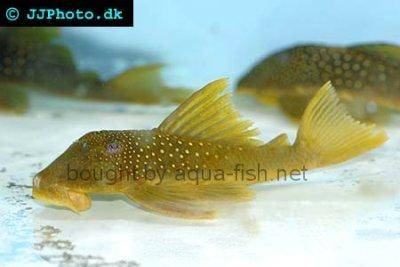




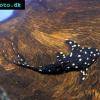 Adonis
Adonis 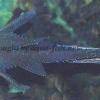 Lyre
Lyre 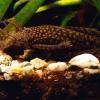 Bristlenose
Bristlenose 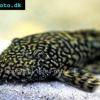 Gold
Gold  Bushymouth
Bushymouth  Spotted
Spotted 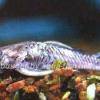 Medusa
Medusa 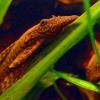 Bristlenose
Bristlenose 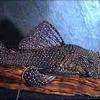 Starlight
Starlight 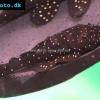 Spotted
Spotted 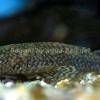 Catfish
Catfish 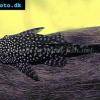 Bushynose
Bushynose 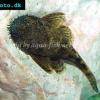 Bristlenose
Bristlenose 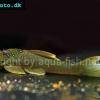 Green
Green 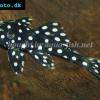 LDA-33
LDA-33 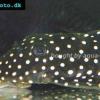 Snowflake
Snowflake 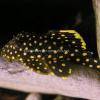 Gold
Gold 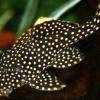 Gold
Gold 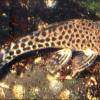 Bulldog
Bulldog 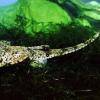 Dasyloricaria
Dasyloricaria 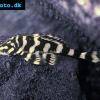 Butterfly
Butterfly 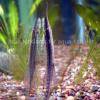 Whiptail
Whiptail 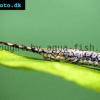 Amazon
Amazon 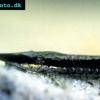 Twig
Twig 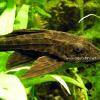 Spotted
Spotted 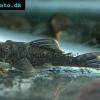 Spotted
Spotted 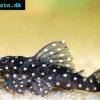 Pleco
Pleco 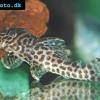 Peruvian
Peruvian 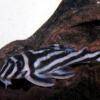 Zebra
Zebra 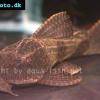 Pleco
Pleco 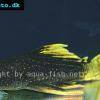 Hypostomus
Hypostomus 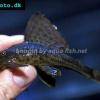 Pleco
Pleco 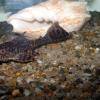 Suckermouth
Suckermouth 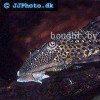 Spotted
Spotted  Woodeating
Woodeating 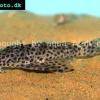 Golden
Golden 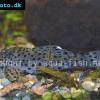 Sultan
Sultan 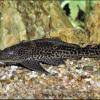 Multiradiatus
Multiradiatus 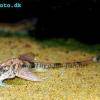 Marbled
Marbled 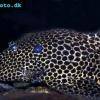 Pleco
Pleco 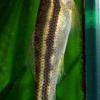 Dwarf
Dwarf 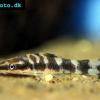 Dwarf
Dwarf 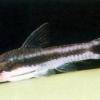 Dwarf
Dwarf 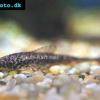 Oxyropsis
Oxyropsis 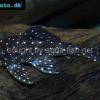 Orange
Orange 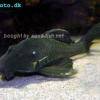 Blue
Blue 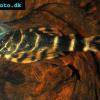 Clown
Clown 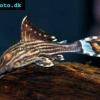 Royal
Royal 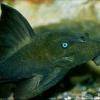 Blue
Blue 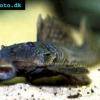 Rubber
Rubber 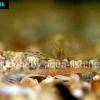 Goby
Goby 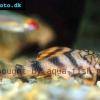 Wormline
Wormline  Para
Para 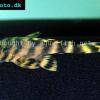 Tiger
Tiger 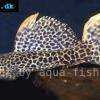 Leopard
Leopard 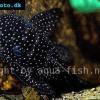 Spiny
Spiny 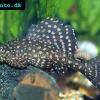 Marbled
Marbled 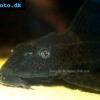 Amazon
Amazon  Common
Common 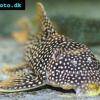 Sunshine
Sunshine 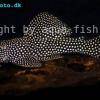 Golden
Golden